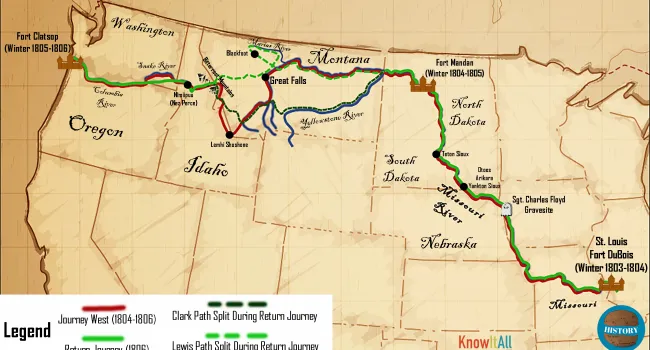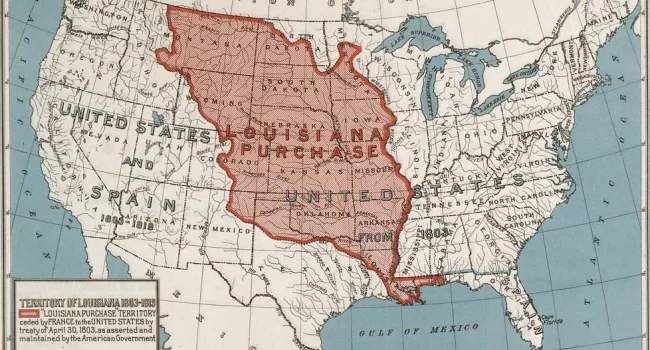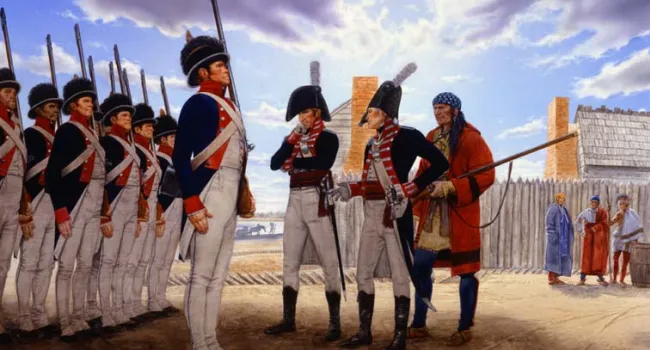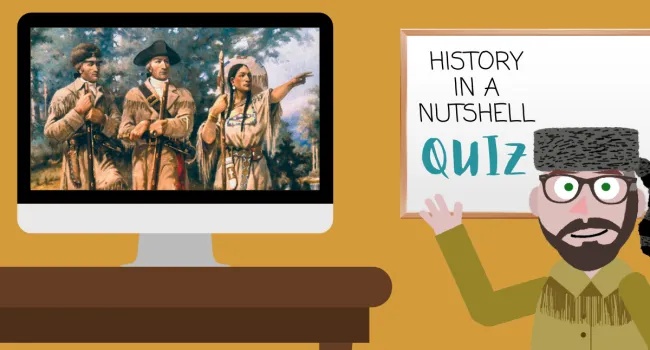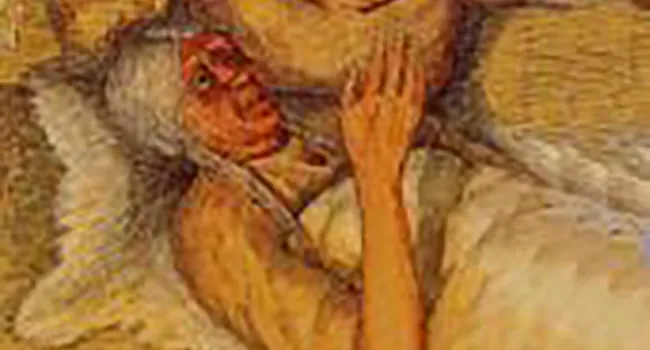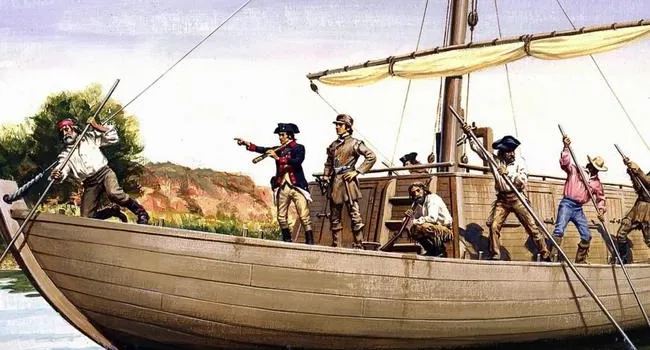Kaltura
The final segment of the Lewis and Clark Expedition outlines the journey back to St. Louis, Missouri. Along the way Lewis and Clark split up after the Bitterroot Mountains to explore previously unexplored areas during the westbound journey. An altercation with members of the Blackfoot tribe caused Lewis to make haste back to rejoin Clark at the Missouri River. After saying a few goodbyes at Fort Mandan, the Corps of Discovery returned to St. Louis where they were given a warm welcome. Lewis and Clark's expedition opened up the American west for future generations, but also left tremendous impacts on the Native American tribes they encountered.
Standards
- 4.3.CO Compare the motivations for and reactions to various expeditions into the Western territories.
- 4.3.CE Analyze the effects of government policies in promoting United States territorial expansion into the west.
- 4.3.P Analyze the role of technology and the environmental impact during the period of Westward Expansion.
- 4.3.CC Recognize patterns of continuity and change in the experiences of Native Americans and Spanish-speaking people as the U.S. expanded westward.
- 8.3 Demonstrate an understanding of conflict and compromise in South Carolina, the Southern region, and the United States as a result of sectionalism between the period 1816–1865.
- 8.3.CC Analyze debates and efforts to recognize the natural rights of marginalized groups during the period of expansion and sectionalism.
- USHC.2.CC Differentiate the patterns of continuity and change within the development of sectionalism and reunion.
